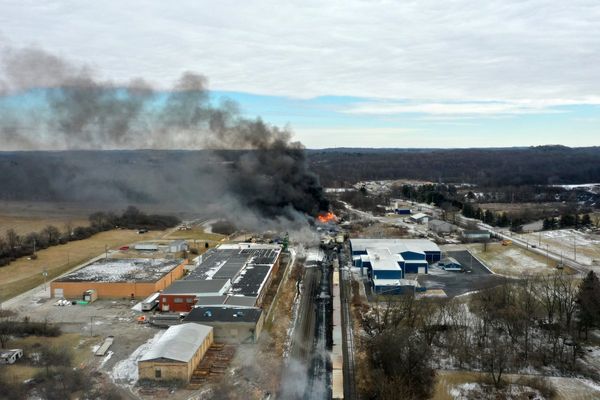Aswathi Janardhanan, a PhD student at the Department of Geology of Kerala University, has been chosen for the ‘Barringer Family Fund for Meteorite Impact Research’, jointly instituted by the Lunar and Planetary Institute and Barringer Crater Company, United States, for the year 2023.
The award carries a citation and fund of $5000. It will provide the research scholar an opportunity to study the Monturaqui crater in Chile.
Shania James of the same department had received the coveted award last year to study the suspected meteorite impact crater in Bhuj, Gujarat. The duo are the only PhD students in the country to have received the honour.
Among the most prestigious awards in the field of meteorite impact research, the fund had been established as a memorial to recognise the contributions of Brandon, Moreau, Paul and Richard Barringer in the field of meteoritics.
Ms. Aswathi is part of a team of scholars who have been working on impact craters on Earth, Mars and the moon under the supervision of assistant professor Sajin Kumar K.S.
Crater formation
Dr. Kumar pointed out that impact craters are formed when asteroids hit the rocky surface of planets to create huge depressions known as craters. The impact throws vast amount of rock and debris that will be strewn around the crater. In extreme cases, such ejecta covers the entire planet and even spreads to the other planets. Such impacts were omnipresent during the early years of planet formation. One such early impact on Earth had dragged a huge amount of material and led to the formation of the moon. The extinction of dinosaurs was also linked to a such an impact about 65 million years ago, he says.
His team has been working on all the four confirmed impact craters in India viz., Dhala in Madhya Pradesh, Ramgarh in Rajasthan, Lonar in Maharashtra and Luna in Gujarat. The researchers have also been working on the Cretaceous-Paleogene boundary associated with dinosaur extinction, as well as the craters on moon and Mars.







